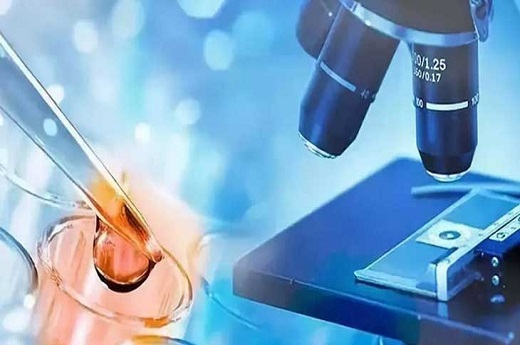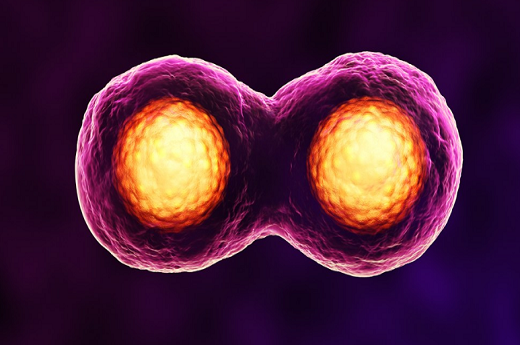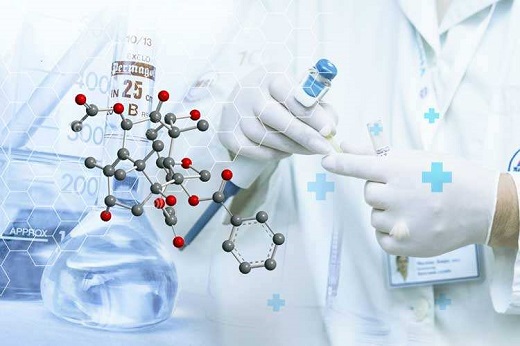本文将从多个方面对试管婴儿和人工受精的成功率进行详细阐述。我们将介绍试管婴儿和人工受精的定义和原理,然后分析影响成功率的因素,包括年龄、健康状况、生活方式等。接下来,我们将探讨不同的辅助生殖技术对成功率的影响,并对成功率进行比较和分析。我们将总结归纳试管婴儿和人工受精的成功率,并对未来发展进行展望。
1. 试管婴儿和人工受精的定义和原理
试管婴儿是指在体外受精的基础上,将受精卵移植到母体子宫内发育成胎儿的一种生殖技术。人工受精则是指在体外将卵子与结合,然后将受精卵移植到母体子宫内发育。试管婴儿和人工受精的原理都是在体外完成受精过程,然后将受精卵移植到母体内继续发育。

Definition and principle of IVF and artificial insemination
试管婴儿 refers to a reproductive technology in which the fertilized egg is transferred to the mother's uterus for development after in vitro fertilization. Artificial insemination refers to the process of combining the egg and sperm outside the body, and then transferring the fertilized egg to the mother's uterus for development. The principle of IVF and artificial insemination is to complete the fertilization process outside the body and then transfer the fertilized egg to the mother's body for further development.
2. 影响成功率的因素
试管婴儿和人工受精的成功率受到多种因素的影响。首先是年龄,女性年龄越大,成功率越低。其次是健康状况,身体健康的夫妇成功率更高。生活方式、环境等因素也会对成功率产生影响。

Factors affecting success rate
The success rate of IVF and artificial insemination is influenced by various factors. Firstly, age plays a significant role, with older women having a lower success rate. Secondly, the overall health of the couple also affects the success rate. Additionally, lifestyle and environmental factors can also impact the success rate.
3. 辅助生殖技术对成功率的影响
辅助生殖技术包括体外受精、卵子捐赠、捐赠等,这些技术的应用可以提高试管婴儿和人工受精的成功率。不同的辅助生殖技术对成功率的影响有所不同,需要根据具体情况进行选择和应用。

Impact of assisted reproductive technology on success rate
Assisted reproductive technology includes in vitro fertilization, egg donation, sperm donation, etc., and the application of these technologies can improve the success rate of IVF and artificial insemination. Different assisted reproductive technologies have different impacts on the success rate, and the choice and application should be based on specific circumstances.
4. 成功率的比较和分析
试管婴儿和人工受精的成功率在不同情况下会有所差异,需要进行比较和分析。针对不同的因素和技术,我们可以对成功率进行综合分析,以便更好地指导临床实践和患者选择。
Comparison and analysis of success rate
The success rate of IVF and artificial insemination varies under different circumstances and requires comparison and analysis. Based on different factors and technologies, a comprehensive analysis of the success rate can better guide clinical practice and patient selection.
5. 未来发展展望
随着科技的不断进步,试管婴儿和人工受精的成功率将会不断提高。未来,我们可以期待更多的辅助生殖技术的发展和应用,以满足更多不孕不育患者的需求。
Prospects for future development
With the continuous advancement of technology, the success rate of IVF and artificial insemination will continue to improve. In the future, we can look forward to the development and application of more assisted reproductive technologies to meet the needs of more infertile patients.
6. 总结归纳
试管婴儿和人工受精的成功率受多种因素影响,包括年龄、健康状况、辅助生殖技术等。通过比较和分析不同因素和技术的影响,可以更好地指导临床实践和患者选择。未来,随着科技的发展,试管婴儿和人工受精的成功率将会不断提高,为更多不孕不育患者带来希望。
In conclusion
The success rate of IVF and artificial insemination is influenced by various factors, including age, health status, and assisted reproductive technology. By comparing and analyzing the effects of different factors and technologies, we can better guide clinical practice and patient selection. In the future, with the development of technology, the success rate of IVF and artificial insemination will continue to improve, bringing hope to more infertile patients.





